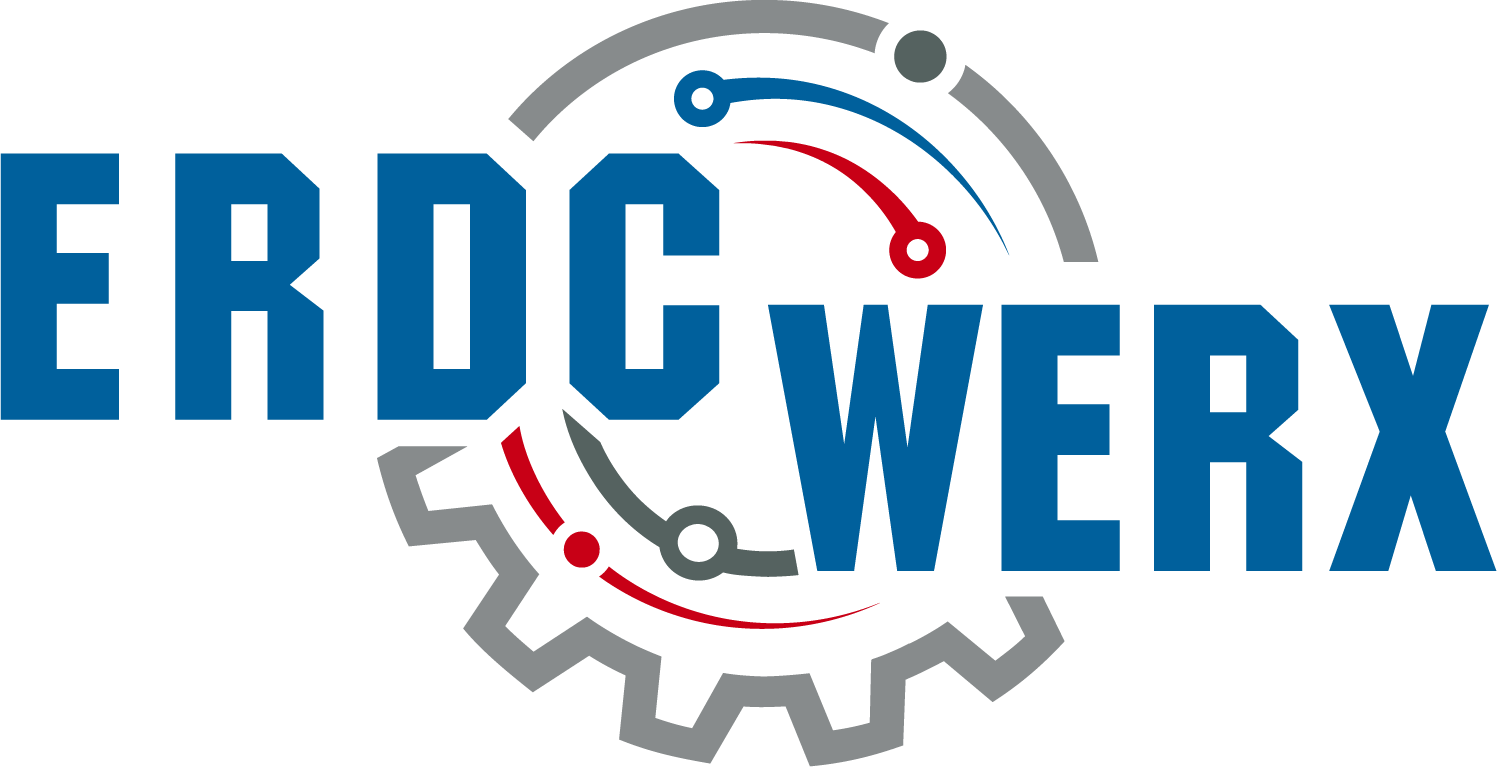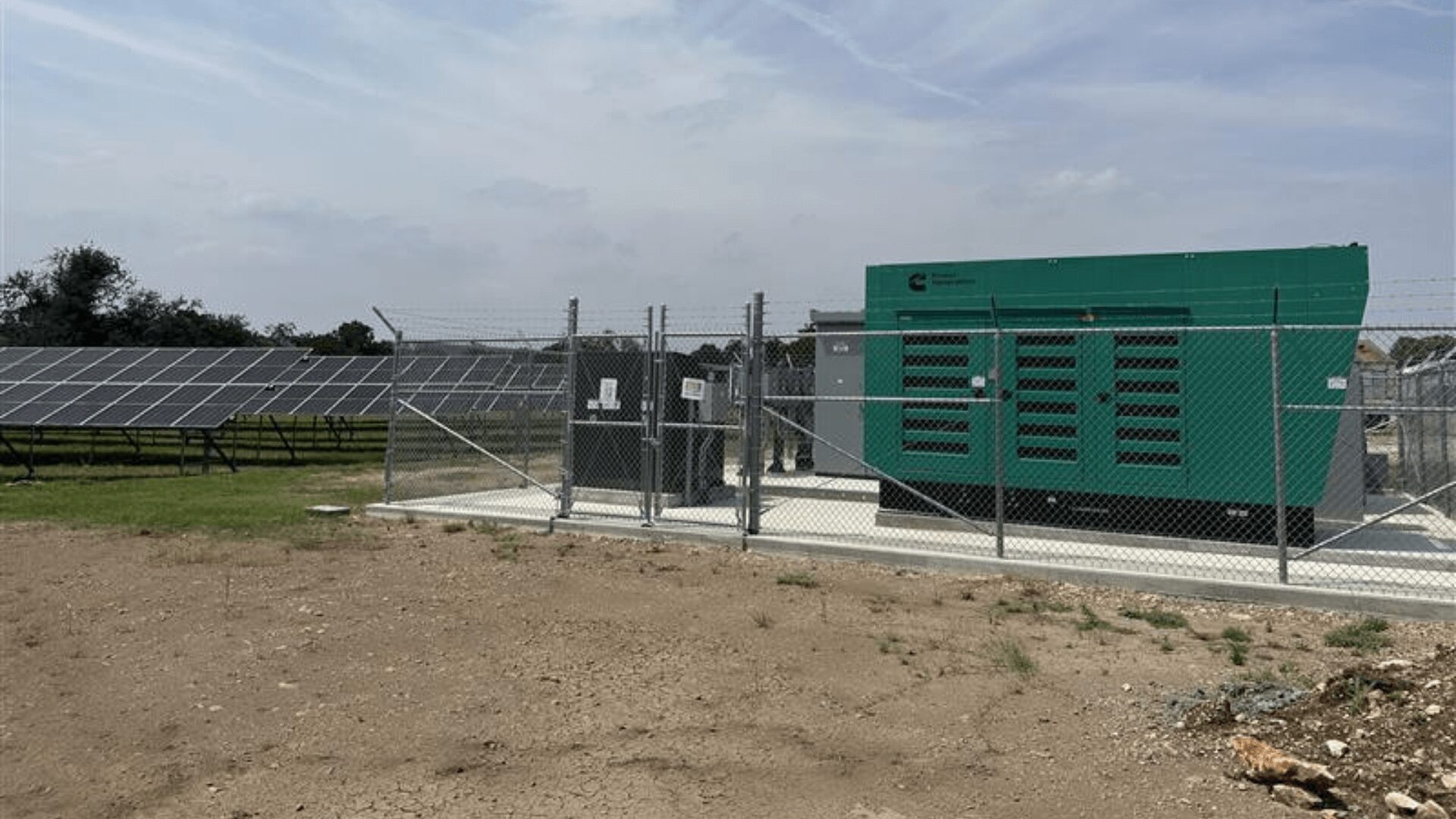Overview
The U.S. Army Engineer Research and Development Center (ERDC) Construction Engineering Research Laboratory (CERL) seeks innovative technologies, methods, tools, or models to enhance power and energy resilience in supply-contested logistics environments. Areas of interest include power generation, agile power delivery systems, and deep power system analytics to maintain energy dominance. A total of up to $100,000 is available to make several awards.
Project Manager
Construction Engineering Research Laboratory (CERL), U.S. Army Engineer Research and Development Center (ERDC)
Project Objective
The primary objective of this Individual Program Requirement (IPR) is to develop new solutions or advance existing partial solutions to deliver full solutions that address one or both of the focus areas below.
ERDC seeks solutions to enhance capabilities in evaluating early-stage microgrid conceptual designs against DoD criteria. Solutions in this topic area may include, but are not limited to, analysis methods, software tools, and modeling methods. Proposals should explain how solutions will achieve the following requirements:
- Tools/methods/techniques to quickly evaluate improvements in predicted systems availability
- Tools/methods/techniques to optimize microgrid designs for reliability in conjunctions with other cost functions
ERDC seeks solutions to apply machine learning and artificial intelligence to microgrid system modeling and assess where (Artificial Intelligence/Machine Learning) AI/ML tools will meet the modeling and simulation needs in contrast to physics-based modeling, such as real-time digital simulation. These may include and are not limited to: tools/methods for AI/ML microgrid modeling, subcomponent modeling, and hybrid AL/ML and physics-based modeling. Proposals should explain how solutions will achieve the following requirements:
- Methods/techniques for integrating sensor data into tertiary control systems
- Methods/techniques for AI/ML and/or physics-based modeling of microgrid systems and differentiating the capabilities of both
- Methods/techniques to update models based on observed systems response
Background and Operational Scenarios
Inside-the-fence power generation resources and microgrids provide the backbone of energy independence and security for installations and other operational environments. These systems are powered by technologies that leverage the installation’s energy assets to deliver highly reliable electric power for critical missions. By leveraging advanced power sensors and data analytics, decision makers are provided with real-time intelligence to identify and mitigate electrical system issues, preventing disruptions to DOD operations.
- Energy Security: Actionable items plans are delivered to enhance electric power reliability, enabling installations to achieve and maintain long-term energy security and support operations across all domains.
- Power Sensing & Analytics: Cutting-edge power sensors and data analytics are deployed at joint service military installations to mitigate power disruptions and detect cybersecurity threats. This maintains mastery over our critical infrastructure, defend mission readiness, and win the future fight.
- Power Generation: Innovative power generation technologies are developed that reduce reliance on costly and fragile supply chains by leveraging energy assets available at the point of use for mission assurance at home and abroad.
Requirements
ERDC invites pre-proposals that introduce solutions addressing one or both of the focus areas. All potential solutions will be considered against the program requirements and technology readiness levels. Multiple awards may be considered.
To be considered, a pre-proposal must clearly:
- Identify whether it is addressing Resilience Metrics Design Evaluation Tools or Microgrid/Distribution System Management and Control, or both focus areas.
- Identify the nature of intended end state of the solution, specifically: new technology; new process; new method; new application of existing technology, process, or method.
- Demonstrate strong understanding of (and experience with) microgrid power systems, distribution system management, modeling and simulation methods and techniques.
- Present an initial test plan outline of how work will be completed, solutions tested/evaluated to prove efficacy, and how/what products will be delivered including schedule, material(s) evaluated, method for evaluation, risk assessment, and deliverables.
- Demonstrate understanding of DOD criteria (Unified Facilities Guide Specifications, Unified Facilities Criteria) and/or DoD Instructions related to installation energy resilience where necessary.
Note: Submissions should NOT include confidential or proprietary details.
Estimated Government Funding Profile
Up to $100,000 in FY25
*Multiple solutions may be awarded with these funds
Estimated Period of Performance
Estimated 12-24 months after award
Expected Result
Effective solutions which provide new microgrid design evaluation tools for DOD energy resilience metrics and/or microgrid modeling capabilities that leverage AI/ML alongside physics-based modeling.
Evaluation Criteria
Submissions will be reviewed based on the criteria described in ERDC’s CSO Solicitation document by ERDC subject matter experts. Submissions may be shared as appropriate with other ERDC stakeholders. The government has the authority to decline all submitted proposals. The government does not plan to engage in the debrief process outlined in FAR part 15 but will provide feedback to unsuccessful offerors as appropriate and at its discretion.
Notional Project Schedule
Proposed project milestones include:
| May 1, 2025 | Project Announced, Submissions Open |
| May 26, 2025 | Question Period Ends, FAQs Finalized |
| June 2, 2025 | Submissions Close |
| June 2-16, 2025 | ERDC Evaluation Period, Virtual Pitch Hosted (if needed) |
| June 17-July 18, 2025 | ERDC Downselects and Requests Full Proposal (if needed) |
| July-August 2025 | Participants Selected are Notified by ERDC |
*Dates may vary to accommodate project team and participant availability. The government may accelerate the pre-proposal review/feedback timeline, and therefore also require earlier delivery of full proposals.
Project Security Classification
Unclassified
How to Participate
- Review CSO Solicitation document
- Review FAQs
- Complete the submission form
Submission Instructions: This solicitation is issued consistent with the authority granted to the U.S. Army Engineer Research and Development Center (ERDC) through the establishment of its Commercial Solutions Opening (CSO), W9132T25SC001. Submissions must follow the requirements as detailed in the CSO Solicitation document.
Questions:
Interested parties may submit questions using this form until May 26, 2025.
Submissions must meet stated requirements and be received no later than 10:00 am CT on June 2, 2025.
All resultant contracts will be firm-fixed price. All items, technologies, and services (including research and development) procured via this CSO are treated as commercial. The Contracting Officer must determine the price fair and reasonable prior to award. ERDC-CERL is conducting this project announcement on a full and open basis and intends to award contracts in accordance with FAR part 12 and the FAR part that is deemed most appropriate for the solution proposed (i.e. FAR part 13, 15, and/or 35); the government reserves the right to award prototype agreements (e.g. Other Transaction Agreements), in accordance with 10 U.S.C. 4022, if deemed appropriate and in the government’s best interest.


